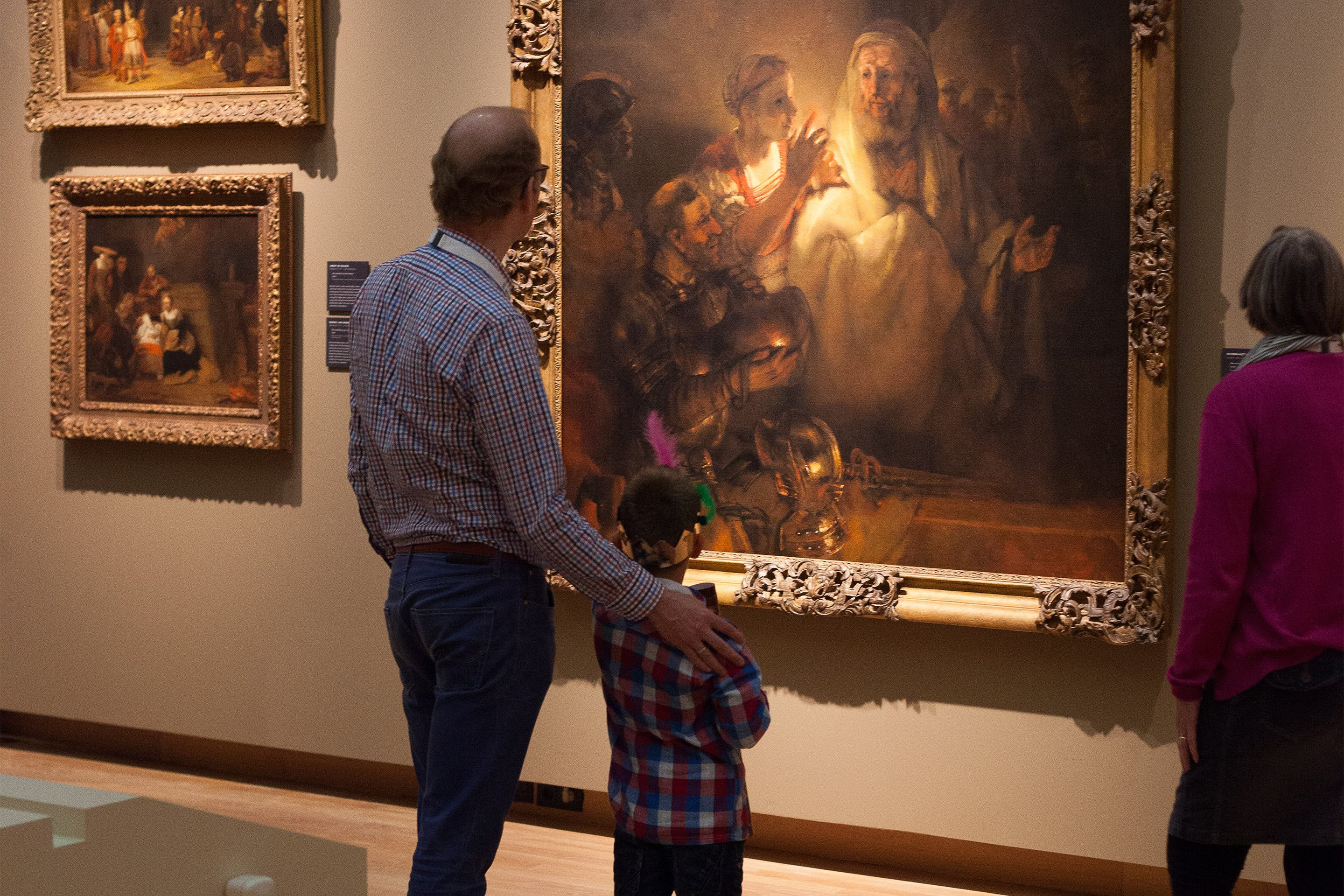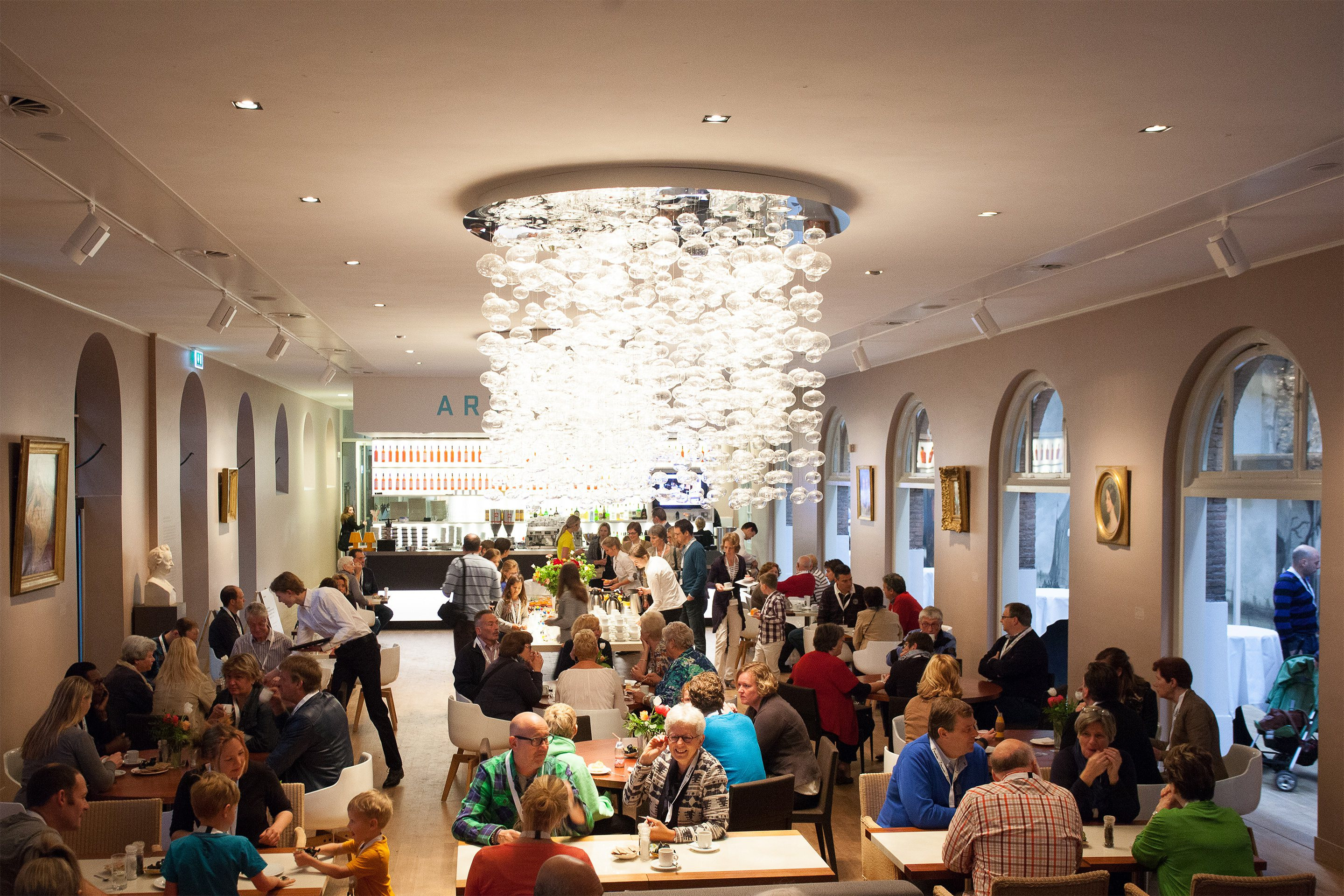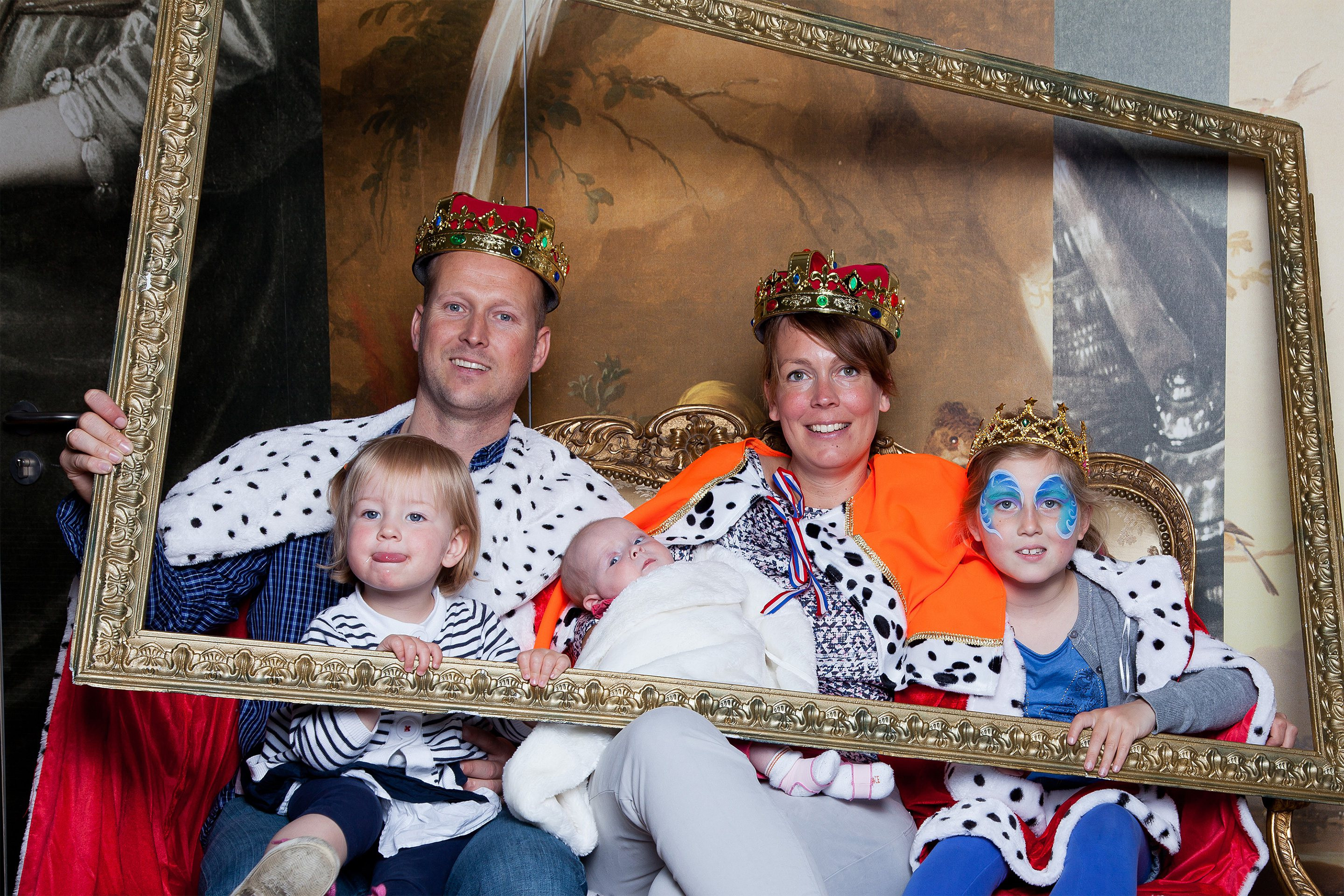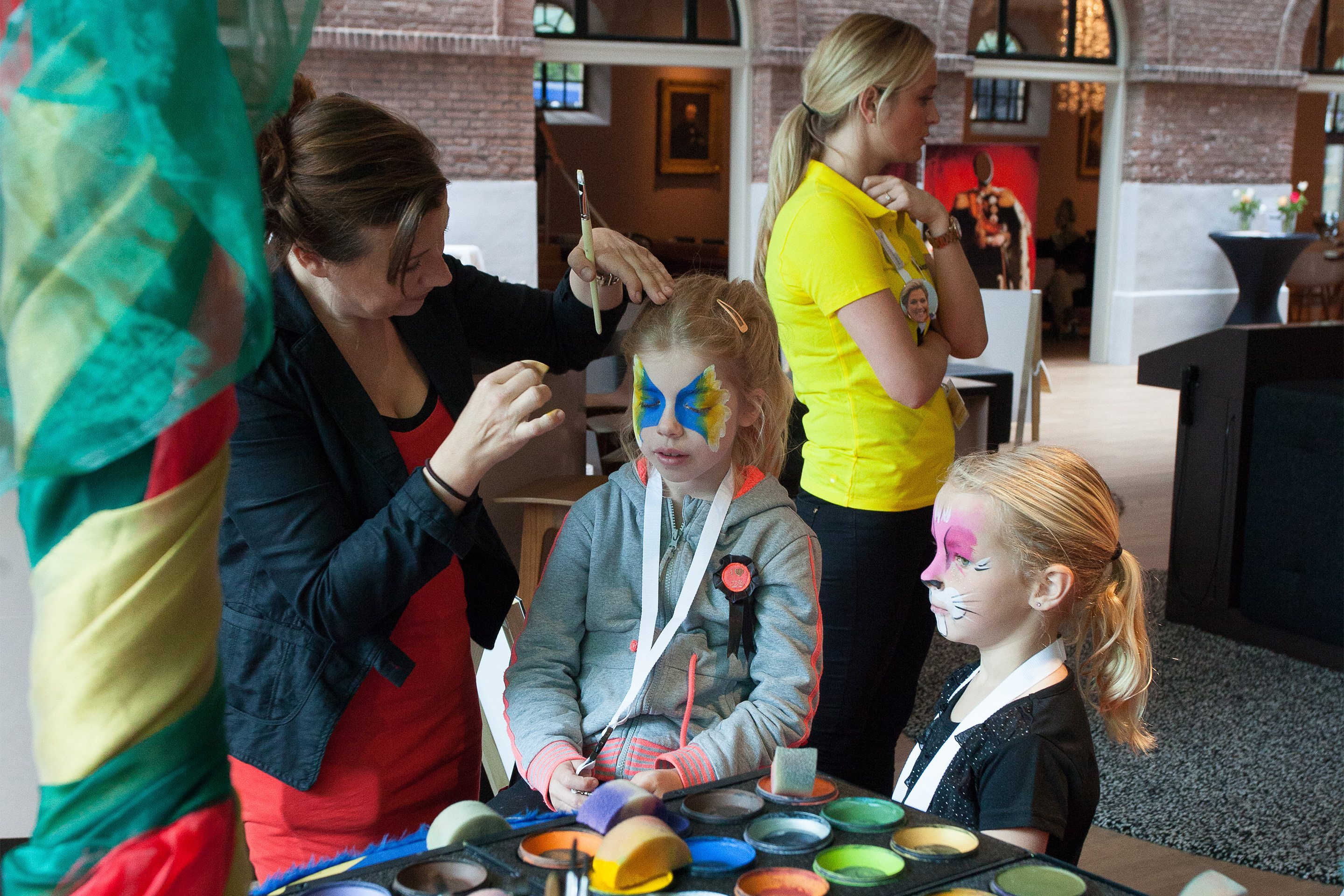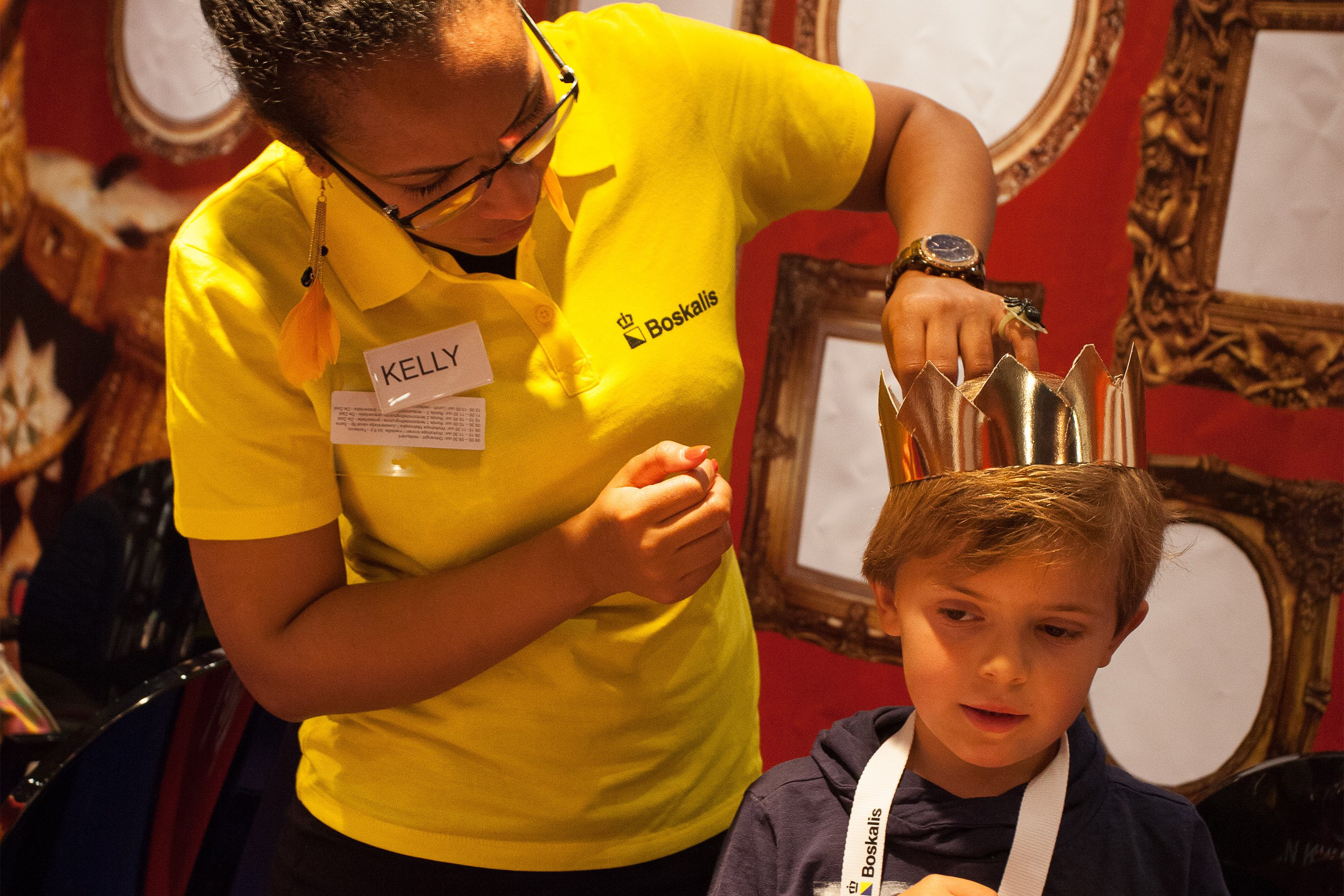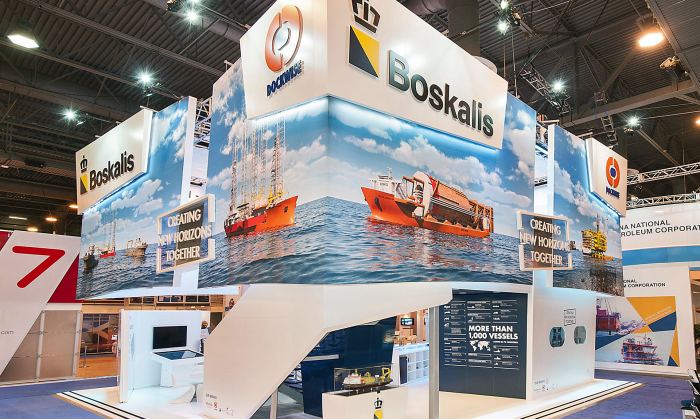Royal inspiration as The Netherlands celebrates 200 years as a Kingdom
The Dordrechts Museum hosted a ‘royal’ exhibition focusing on the renowned art collection of the Dutch King William II for a period of four months in 2014. The exhibition was possible thanks to support from Boskalis, the lead sponsor.
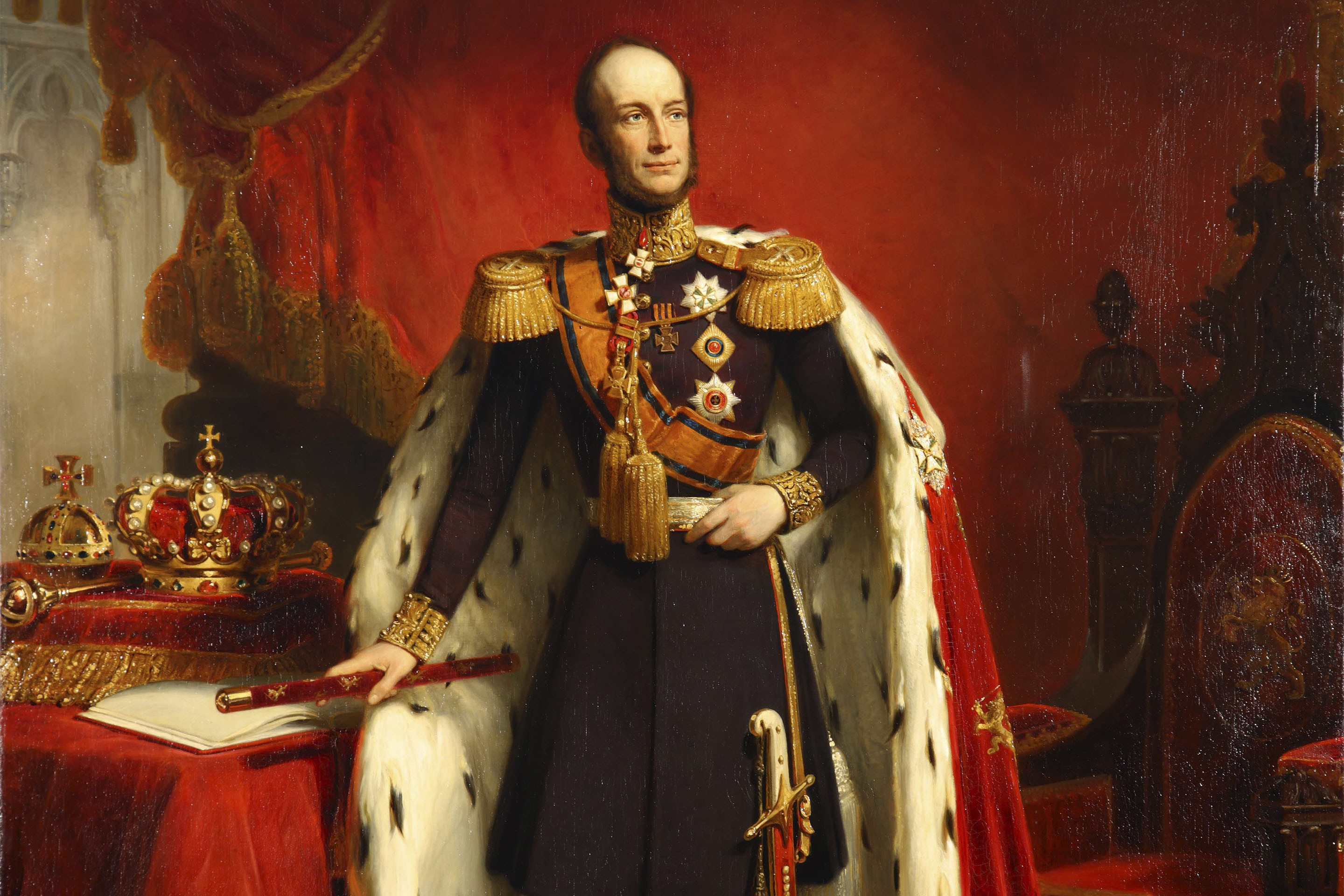
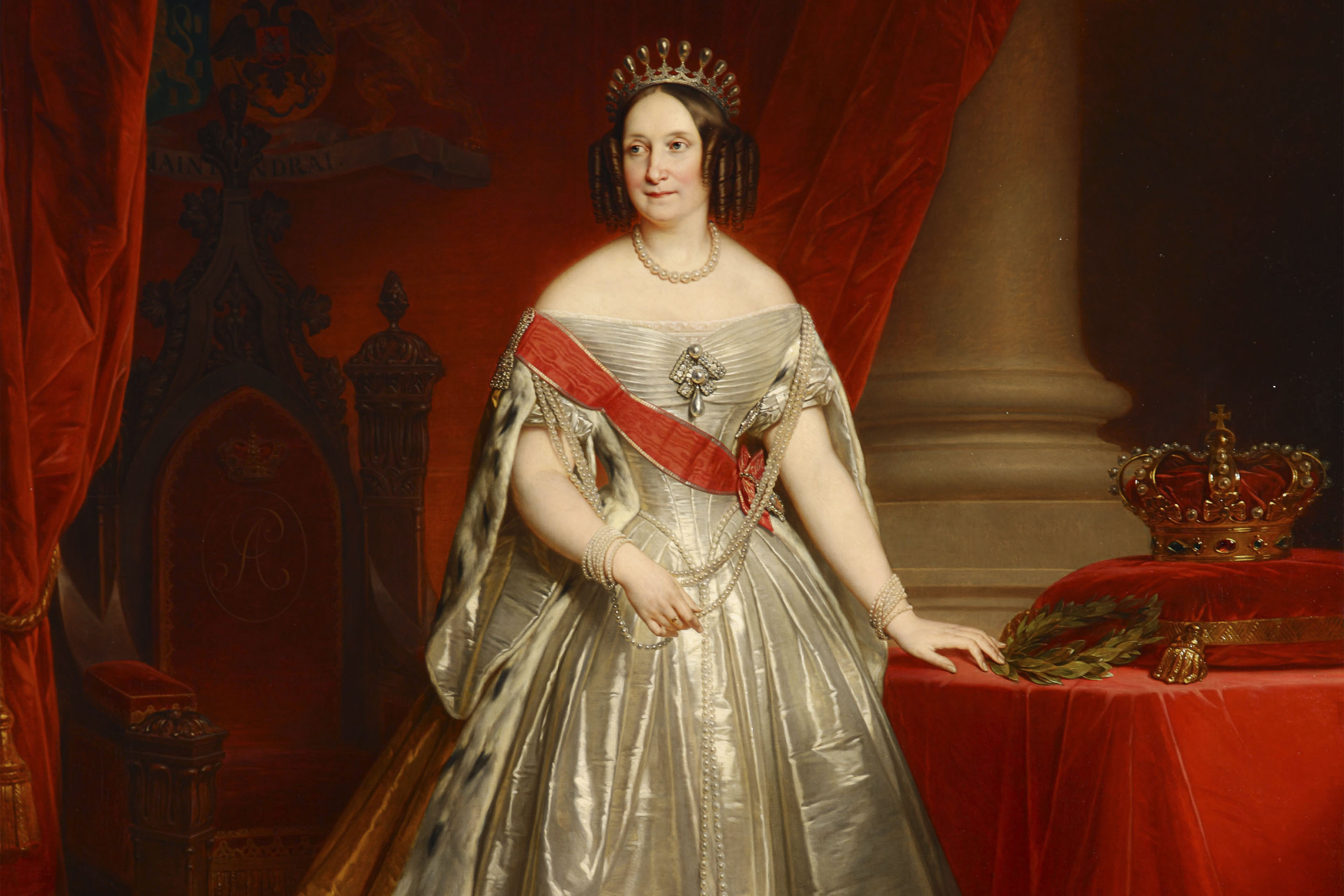
The exhibition ‘William II and Anna Pavlovna. Royal Splendour at The Netherlands Court’ was organized in the context of the celebrations for the bicentenary of the Kingdom of The Netherlands in 2014. King William II (1792–1849) amassed an impressive collection during his lifetime, inspired in part by the Russian tsar Nicholas I, the brother of his wife, Anna Pavlovna. William II was impressed by the art collection brought together by Nicholas I in the Winter Palace in St Petersburg, which was to become the basis for the Hermitage Museum.
Royal collection
In The Netherlands, King William II created a unique collection that included works by Rubens, Rembrandt, Da Vinci, Raphael and a number of Flemish primitives such as Van Eyck. However, buying these exceptional masterpieces was an extremely costly adventure.
When William II died in 1849, it emerged that he had borrowed large sums of money from his brother-in-law Nicholas, with his art works as collateral. His heirs were forced to put the impressive collection of paintings under the auctioneer’s hammer. In 1850, the best works were sold to foreign collectors and, at a stroke, a world-class royal collection left The Netherlands. One of the buyers was Nicholas I, who purchased thirteen works for the Hermitage.

Rembrandt — The Noble Slav, 1632 — The Metropolitan Museum of Modern Art — New York
‘King of Arts’
To reunite the collection after more than one and a half centuries, the Dordrechts Museum asked the Hermitage to loan them the paintings. Their Russian counterparts responded enthusiastically. “The Hermitage thought it was a marvelous way to round off The Netherlands-Russia commemorations,“ explains a proud Patricia de Weichs de Wenne, the commercial director of the Dordrechts Museum.
“That meant we could put a large number of works on show.“ As well as works from the King’s collection, the Hermitage was also willing to send portraits of King William II and Anna Pavlovna. Leading museums such as the Metropolitan Museum in New York and the Louvre in Paris contributed works from the former collection as well. The exhibition also highlighted the role played by the King as a general in the English army that defeated Napoleon Bonaparte at Waterloo. “The exhibition showed King William II as a ‘King of Arts’ and as a hero of Waterloo. His collection gave his reign a certain radiance,“ says Patricia.
The exhibition also highlighted the role played by the king as a general in the English army that defeated Napoleon Bonaparte at Waterloo.
“This was the largest exhibition that the Dordrechts Museum has ever organized. An event at this level and of this size put the Drecht region on the map as a cultural center. With that idea in mind, we turned to Boskalis, as one of the largest companies in the Drecht region, for support,“ Patricia explains. “And of course, Boskalis is also a royal company and that was a perfect match for this exhibition.“ Boskalis made the most of this unique opportunity to organize special activities for our contacts, our own staff and their families. There were special workshops for children to raise their cultural awareness and bring an interesting period of Dutch history to life with a sparkle. At the time of going to press, more than 100,000 people had visited the exhibition in Dordrecht.
